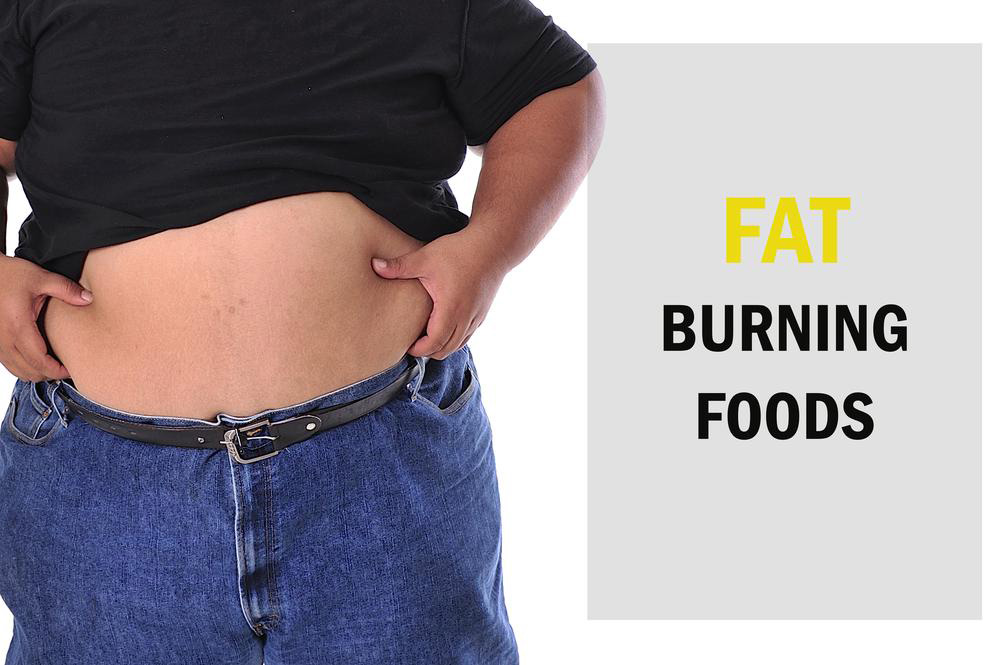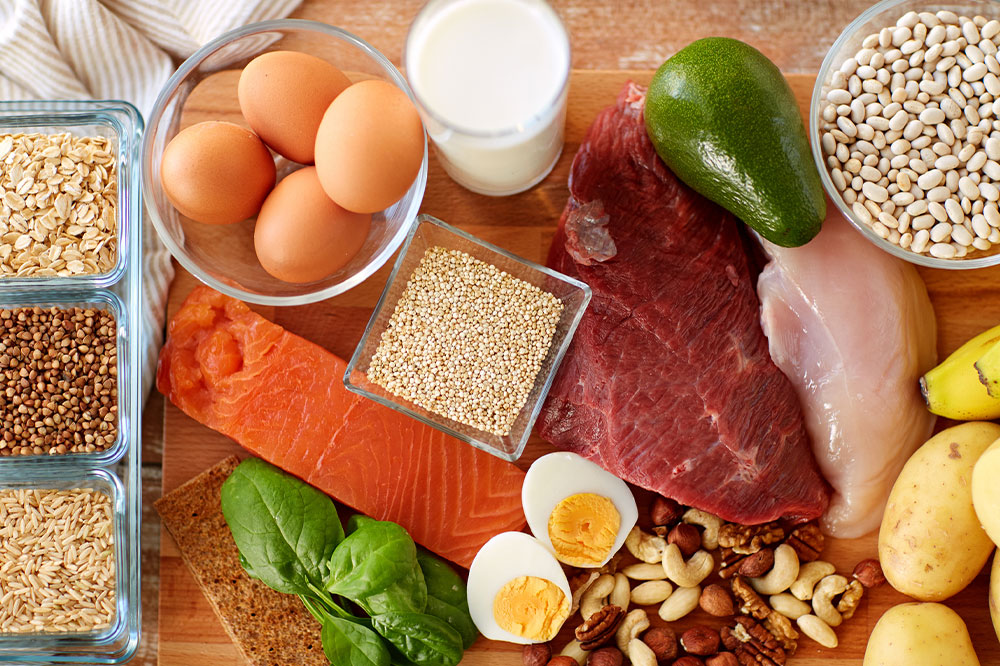Comprehensive Guide to Effectively Reducing Abdominal Fat for Better Health
Learn comprehensive, science-backed strategies to effectively reduce stubborn belly fat. This guide covers diet, exercise, lifestyle modifications, and smart habits that promote long-term health and help you achieve a flatter, healthier stomach. Perfect for those seeking sustainable weight management solutions.

Proven Strategies to Melt Stubborn Belly Fat
Excess belly fat, or central obesity, is a common concern affecting many individuals worldwide. This stubborn fat accumulation around the stomach not only impacts physical appearance but also poses serious health risks, including type 2 diabetes, cardiovascular diseases, and metabolic syndromes. Additionally, emerging studies have linked abdominal obesity to neurological conditions such as Alzheimer’s disease. The root causes of increased belly fat are multifaceted, primarily driven by poor dietary choices, high stress levels, and sedentary lifestyles. Once this fat deposits, it becomes increasingly difficult to lose without targeted interventions. Fortunately, adopting comprehensive lifestyle and dietary modifications can lead to significant reductions in abdominal fat while simultaneously enhancing overall health and well-being.
Understanding the Causes of Abdominal Fat
The primary contributors to belly fat include an unbalanced caloric intake and a lack of physical activity. Consuming more calories than the body can burn results in excess energy being stored as fat around the midsection. Chronic stress influences hormonal imbalances, particularly increasing cortisol levels, which promote fat storage in the abdominal area. Poor sleep patterns and unhealthy eating habits exacerbate these issues, creating a cycle that is difficult to break. Additionally, high sugar consumption, particularly from processed foods and sugary beverages, accelerates fat accumulation around the stomach, further increasing health risks. Understanding these underlying causes is crucial for developing an effective fat reduction strategy.
Addressing belly fat requires a combination of lifestyle changes, consistent effort, and smart dietary choices. Here are the most scientifically supported methods to help you shed stubborn abdominal fat and foster long-term health improvements:
Engage in Cardiovascular Exercises
Incorporating regular cardio workouts such as running, cycling, swimming, or brisk walking is highly effective for burning calories and reducing fat stores, particularly around the abdomen. Aim for at least 150 minutes of moderate-intensity aerobic activity per week, spreading sessions across multiple days. Consistency is key to seeing tangible results.
Visit a Fitness Center or Workout Regularly
Joining a gym or fitness class can enhance your motivation and provide access to a variety of equipment and supervised routines. Combining strength training with cardio not only accelerates fat loss but also helps build lean muscle mass, which further boosts metabolic rate and promotes a toned abdominal region.
Increase Intake of High-Quality Protein
Consuming adequate amounts of protein supports muscle synthesis and helps preserve lean tissue during weight loss. High-protein diets also increase satiety, reducing overall calorie intake. Incorporate sources like lean meats, dairy, legumes, nuts, and seeds into your meals to optimize fat-burning processes.
Limit Consumption of Sugary Foods and Beverages
Excess sugar intake is linked to increased fat deposition, especially in the abdominal area. Reducing or eliminating sugary snacks, desserts, and sodas can significantly decrease calorie consumption and improve insulin sensitivity, helping prevent further fat accumulation.
Implement Calorie-Controlled Eating
Monitoring your daily caloric intake and making mindful food choices can facilitate fat loss. Focus on nutrient-dense foods such as vegetables, fruits, whole grains, and lean proteins while avoiding processed and high-calorie foods. Using dietary apps can simplify tracking and maintaining a calorie deficit safely.
Moderate Alcohol Consumption
Although moderate alcohol intake is generally acceptable, excessive consumption, especially of high-calorie drinks like cocktails beer and sweet wines, significantly contributes to belly fat. Limiting alcohol intake supports fat reduction and improves overall metabolic health.
Monitor Your Dietary Habits
Keeping a food journal or using digital tracking tools helps identify eating patterns and areas for improvement. Consistent self-monitoring enhances accountability and assists in maintaining a healthy, balanced diet aligned with your weight loss goals.
Incorporate Probiotics for Gut Health
A healthy gut microbiome is linked to better metabolism and reduced fat storage. Include probiotic-rich foods such as yogurt, kefir, sauerkraut, and kimchi or consider supplements to support digestive health and optimize fat-burning mechanisms.
Prioritize Adequate Sleep
Quality sleep of 7-8 hours per night is vital for hormone regulation, appetite control, and overall metabolic health. Poor sleep is associated with increased cravings, overeating, and weight gain, so establishing a consistent sleep routine is essential.
Use Healthy Cooking Oils Like Coconut Oil
Incorporating coconut oil into your diet in moderation can temporarily boost metabolism due to its medium-chain triglycerides (MCTs), aiding in fat breakdown. However, moderation is key to prevent excess calorie intake.
Implementing these strategies requires commitment and consistency, but the long-term benefits for your health are well worth the effort. Over time, these changes can lead to significant reductions in abdominal fat, improved metabolic health, enhanced energy levels, and a better quality of life. Remember, gradual progress is more sustainable than rapid fixes, and combining these approaches with a positive mindset will help you achieve your fitness goals effectively.





